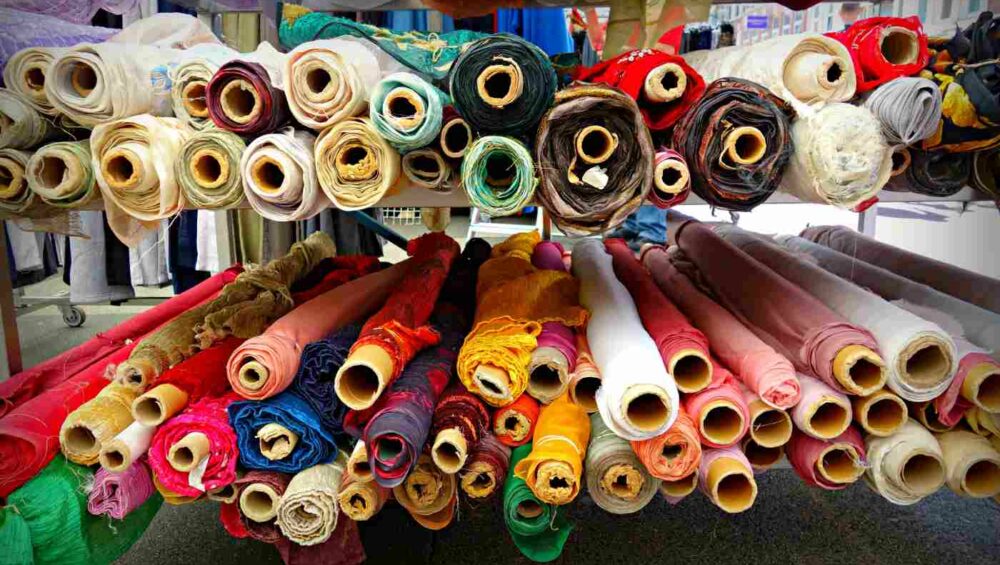The right reforms across a few clusters can help India capture $100 billion of incremental exports trade in textile and apparel over the next 5 years, creating more than 10 million jobs
When India gained independence in 1947, the country had a flourishing textile industry. Over 400 textile mills employed more than 5 lakh workers. Cotton was readily available despite a quarter of the production moving to Pakistan. Textiles were the manufacturing flywheel of the country driven by the thriving hubs in Ahmedabad, Bombay, Indore, Kanpur, and Calcutta.
However, by the time the world trade in textile and garments started growing exponentially in the 70s, India had all but destroyed the competitiveness of its textile sector through a combination of restrictions on capacity expansion, restrictive labour laws, poor IR environment, and the nationalisation of a large part of the sector. Consequently, China aggressively grew its textile and garments exports while India remained a marginal player. At the time, the global textile trade was still highly restricted through the Multi Fibre Agreement (MFA) which imposed strict limitations on how much each country could export to the developed world which helped India carve out a small share in the sector.
Post Liberalisation Reforms & A Second Chance
The repeal of the MFA in 1995 gave Indian textiles a second opportunity to capture a large share of the global trade. The 1991 reforms had boosted private enterprise, a capital was readily available with a booming stock market, and cotton and labour, the key factors of production, were in abundance.
India did manage to grow its share of the world textile and apparel trade over the next 30 years, from 2.5% to 4%. However, it felt way short of the potential and what China managed to achieve. In the period from 1995 to 2020, the Indian textile and apparel exports grew about 4 times from $8bn to $44bn, but in the same period China grew 9X from $35bn to $315bn and Bangladesh grew 18X from $2.5 bn to $43bn. Primary issues holding back the industry included restrictive labour laws, poor infrastructure, ease-of-doing business issues, and persistent anti-dumping duties on man-made fibre. Together these rendered India uncompetitive in the global market, especially in the synthetic garments segment which was growing much faster than cotton.
A Third Chance to Create a Globally-Competitive Textiles & Garment Sector
Recent developments in the sector have given rise to hope that we might be third time lucky. When the new labour codes passed in the parliament in 2019 are notified will substantially reduce the compliance burden of manufacturers and give states meaningful flexibility in shaping growth-friendly labour laws.
The repeal of anti-dumping duties coupled with production-linked incentives on man-made fabrics should help improve availability at competitive prices. Recent FTAs with UAE and Australia and the anticipated agreements with the UK and EU should help bridge the 10% disadvantage against Bangladesh.
However, these changes by themselves will not do the trick. As one industry veteran points out, India has not missed an opportunity to miss an opportunity in the textile sector. To create a globally-competitive textile and garments sector, India’s central and state governments will need to work in mission-mode and in partnership with private enterprises to create true centres of global excellence and competitiveness. Here’s what is needed
The Right Structure
While designing textile parks, the government must think on a global scale. Many of the existing textile parks have failed to create any impact because they were too small to create cluster synergies. In addition to scale, the parks must be of a truly plug-and-play nature with all the required infrastructure and clearances in place, including availability of power at competitive prices, dormitories for housing workers, common effluent treatment park, road connectivity and public transport for workers from the neighbouring areas.
The Right Regulations
If mega textile clusters are to become competitive at the word stage, they must be governed through a preferential set of rules which reduce compliance burden and friction points. So far, the special economic zones of India only provided for concessions on some tariffs linked to exports. However, many laws provide states the flexibility to relax compliance requirements across a range of issues for specified zones and sectors. States must use this flexibility to achieve true ease of doing business in export-oriented textile and garments clusters like China did in the 1990s.
The Right Administration
A strong alignment of incentives between administration and industry is essential to create the right business environment in the clusters. To achieve this, the clusters should be governed through senior IAS officers or equivalent who are tasked with achieving investment and exports targets in their respective clusters. A senior body should serve as the focal point for the industry to resolve all bottlenecks cutting across land, building, labour, fire, environment, transport, and taxation. The officials responsible for governing these clusters need to be accountable for time bound approvals and punished for holding approvals without any valid reason.
If India manages to bring together this magical trinity of right structure, right rules and right administration across a few clusters, it can capture at least $100 billion of incremental exports trade in textile and apparel over the next 5 years creating more than 10 million jobs. That is twice the employment in the entire IT and BPO sector today. If we embark on this path, in the next 25 years, the country would have come full circle from a thriving textile sector destroyed by invasion of the British East India company in the 17th century to a world beating textile and garment sector housed in India. This would be a real tribute to and celebration of 100 years of Independence.

